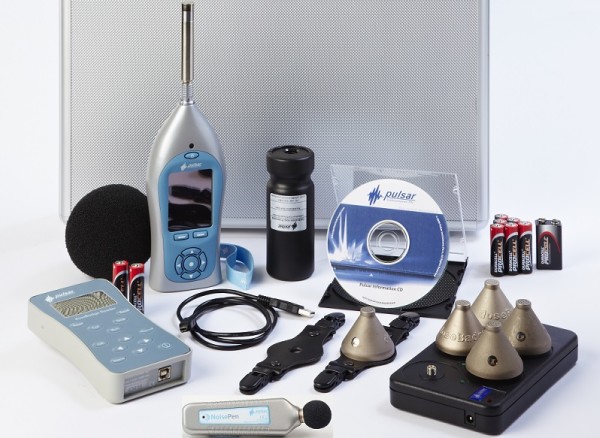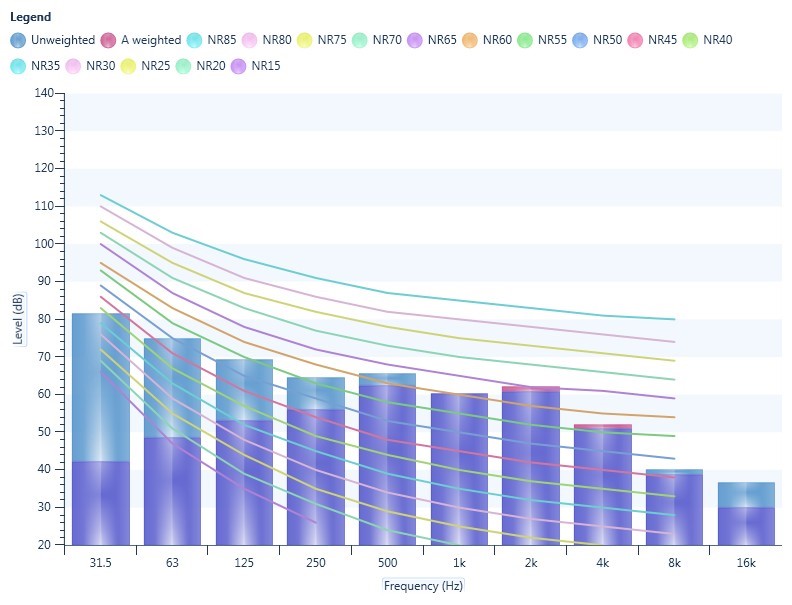NOISE SURVEY
Noise survey services typically involve conducting a detailed assessment of the noise levels in various areas of the ship or vessel. This may include engine rooms, living quarters, bridge areas, and other spaces where noise could be a concern. The purpose of the survey is to identify sources of excessive noise and potential risks to the health and safety of crew members. Noise testing services often use specialized equipment to measure noise levels accurately. These measurements can help determine compliance with regulatory standards or industry guidelines regarding noise exposure limits. Testing may also identify areas where noise control measures are needed to reduce the risk of hearing damage or other health issues.
Excessive noise can lead to hearing loss, communication difficulties, and overall decreased well-being. That’s why reliable and accurate noise monitoring services are essential to ensure compliance with regulations and protect the well-being of personnel working in maritime environments. EIWAA Marine company specializes in providing comprehensive noise monitoring services in Saudi Arabia tailored for ships and offshore rigs. As a predictive maintenance inspection company in Saudi Arabia, we provide NDT Inspection Services Thermography Inspection Services, Vibration Monitoring and Lux Survey Services. ASNT Level II/PCN Qualified NDT Technicians shall perform the Non Destructive Testing Services.

EIWAA Marine Services provides NDT Inspection and Testing of Noise Survey, Noise Monitoring and Noise analysis services in Saudi Arabia. Our Noise measurement services in offshore Rigs, Vessels and Ships shall be approved by major IACS Classification societies and offshore contractors in Saudi Arabia. Working in situations with excessive noise levels may result in permanent hearing loss.
Noise Zones may be classified as follows according to the IMO Regulations for Noise Monitoring:
[Zone A] Maximum exposure with protection
Exposure [Zone D] daily
Exposure on occasion [Zone B]
Exposure on occasion [Zone C]
Maximum Noise Exposure with Maximum Protection [Zone A]: No Marine crews, even those wearing earplugs, should be exposed to sounds above 120 dB (A) or to levels above 105 dB (A) at a level of 24.
Daily exposure [Zone D]: Marine sailors working in a D zone sound environments on a daily basis should wear ear protection, and a hearing conservation program may be taken into consideration.
Exposure on occasion [Zone B] – Exposure on occasion should be permitted in Zone B, and both ear plugs should be worn unless the exposure time is limited to no longer than 10 minutes.
Occasional exposure [Zone C] – Only occasional exposure should be permitted in Zone C, and earplugs or muffs should be necessary.
Standards for noise
IMO Resolution A.468(XII) – Code on Noise Levels on Board Ships
Noise Rating(NR) as per ISO:

Instruments We Use
A real time octave band analyzer that integrates a field noise level calibrator and 1/3 octave band sound level meter is available that meets Type 2 ANSI and IEC requirements
